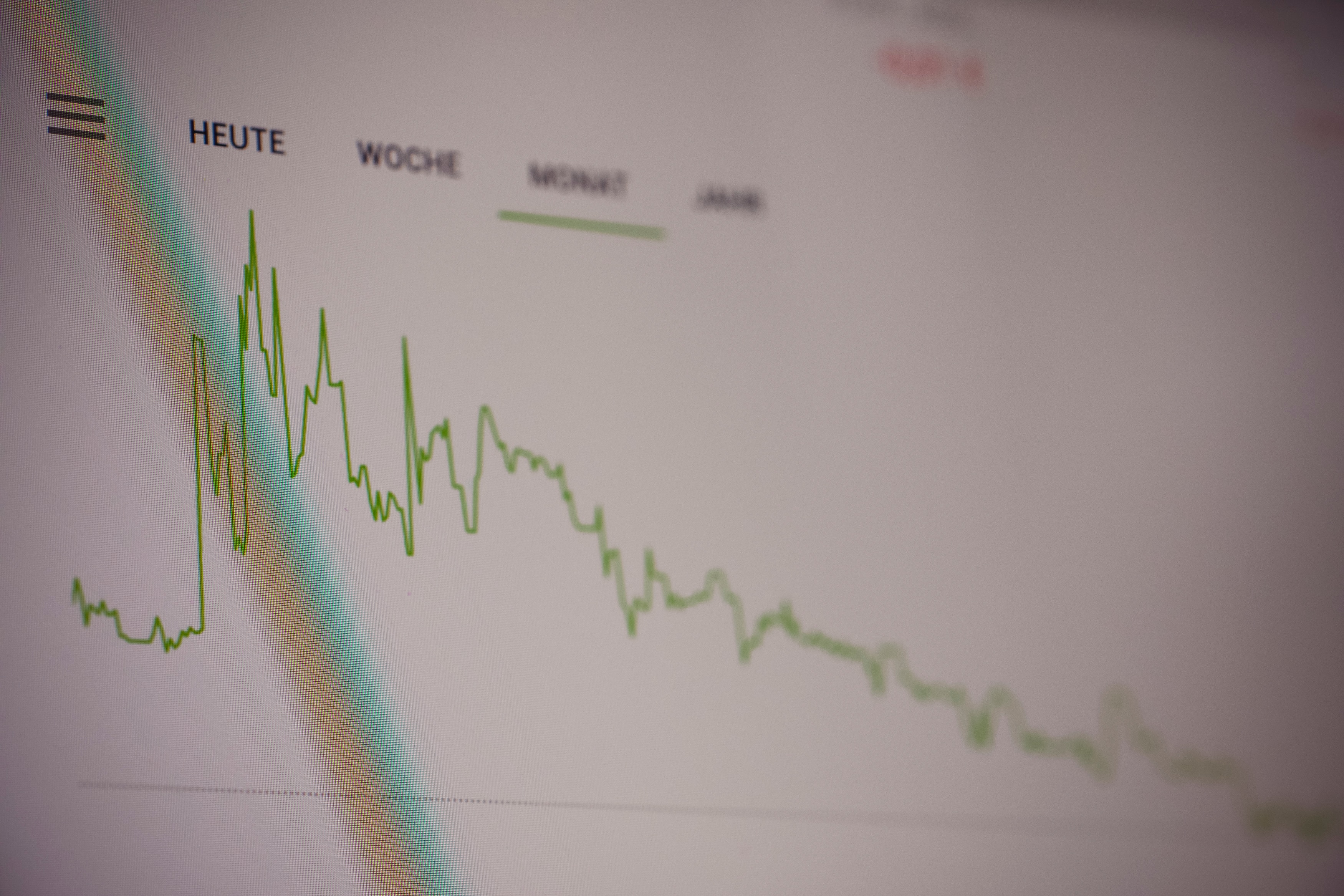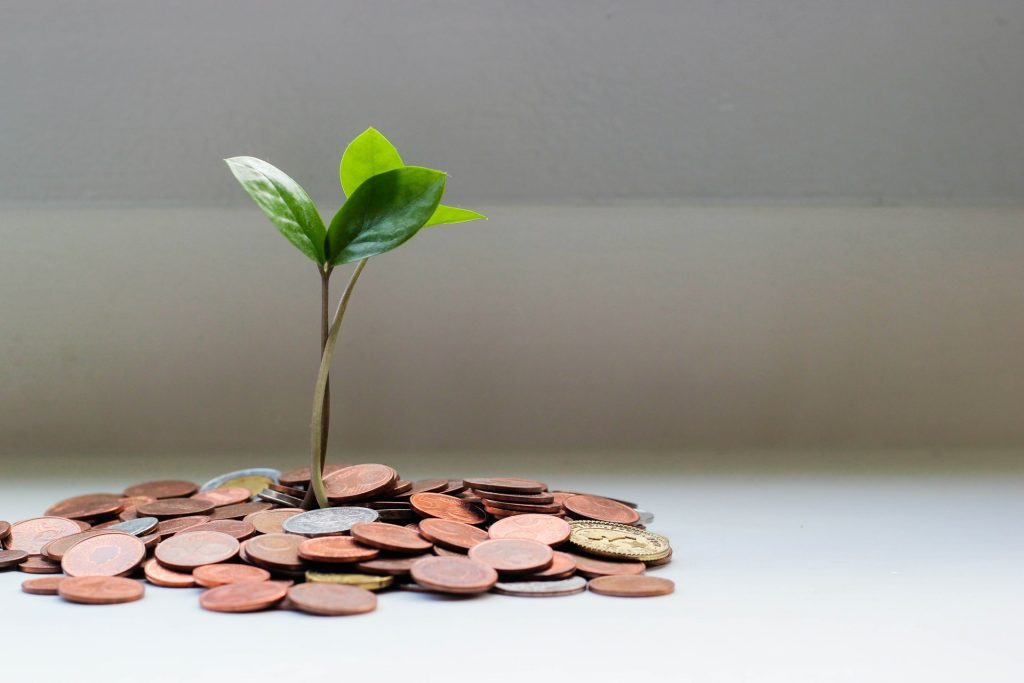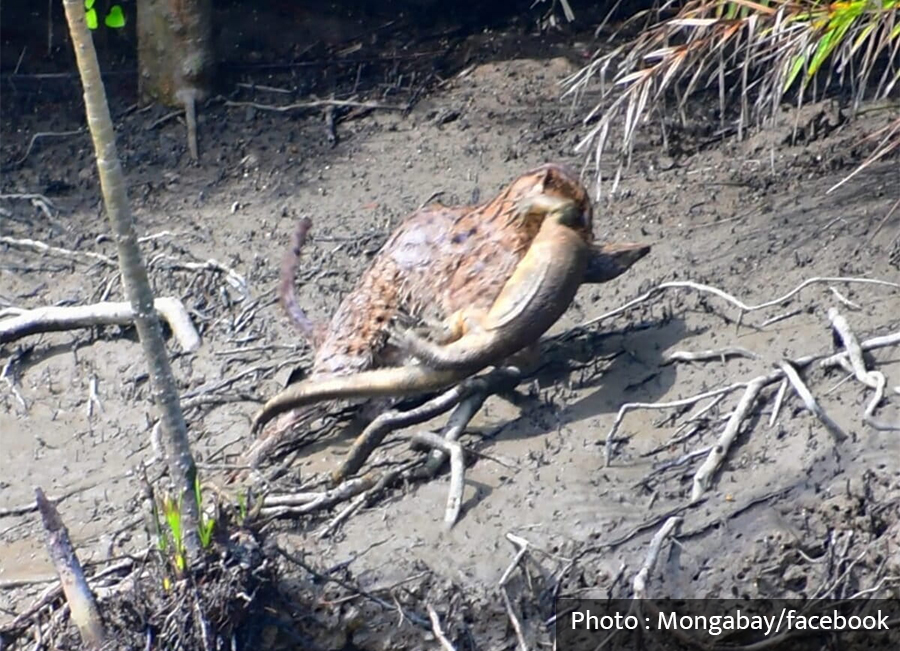
The global economy is facing a series of economic shocks with the speed of time. The traumatic phase resulted from the Covid 19 pandemic, followed by the devastating Russia – Ukraine War, and now the war between Israel and Hamas.
These unprecedented events have impacted every spectrum of the economy including the macro perspective of interest rate, inflation, employment, poverty, GDP, trade, investment, and economic growth and alike to the micro perspective of demand, supply, consumption, and policy reformation.
The global lockdown in economic activity and the effect of the Covid pandemic have resulted in the interruption of the global supply chain. The world was completely paralysed by that time in terms of economic activity, the greatest setback since the Second World War.
With the series of all these economic characteristics, the world is witnessing the war between Israel and Hamas. This war also poses a whole new series of risks to an already fragile global economy. The whole world is witnessing those events in horror.
The price of oil even in the first week of the war jumped by five dollars per barrel, the future market fell and the Israeli currency sunk to the lowest in seven years. Due to such a series of unprecedented events now investors seem more inclined to make investments in gold and other liquid assets.
As a result, the gold price recorded an all-time high in Nepal in the last week of October and the sharp fall of the Indian share market and the fall of the Australian, South Korean, and Japanese share market in the last week of October also coincides with this event.
Therefore, we can be certain of the fact of increasing inflation because of the increase in the price of crude oil and petroleum products, but we are not certain about the degree and intensity of the effect.
The world appears to be polarised, or perhaps not, concerning this war. Currently, we are merely observing the war, and the true impact of this conflict has not been assessed. The already delicate global economy is anticipated to become even more fragile due to this event.
Now the question is What next for the revival – of the economy, society, and humanity?
The international landscape

The global economy faced a substantial decrease in the economic growth rate, a rise in unemployment, an increase in economic inequality, a rise in general and absolute poverty, and trade interruption are some other characteristics that the Covid yielded to the global economy.
The world was gradually reviving from the intense hit of Covid in 2022. However, the invasion of Russia on Ukraine compounded the shock to the global economy. The war not only affected the two countries but the impact has been seen in the global arena in terms of increase in the inflation, interest rate, unemployment rate and reduced economic growth rate across the countries.
In this era of global economic integration and globalisation, neither of the countries remains unaffected whenever and wherever any event occurs in any part of the globe. And, of course, Ukraine and Russia are the major economic players in the world and the war affected every possible spectrum of the global economy.
Ukraine, is the largest exporter of sunflower oil, the fourth largest exporter of corn and a 10 per cent global wheat exporter on the other hand, Russia third largest producer of oil, and the second largest exporter of crude. Russia and Ukraine are collectively responsible for 27 per cent of the world’s wheat exports and 53 per cent of the world’s sunflowers and seeds.
The war undoubtedly affected the economic activity of the two nations with such a giant global economic figure and the decision of the US and some European Union nations to ban imports from Russia created an energy deficit among the country of European Union because 60 per cent of Russia’s oil export to European Union OCED members, that is 34 per cent of the European oil import.
The decision to ban imports from Russia, and the decrease in the production and productivity in Russia and Ukraine due to war, led to an increase in the global price of food and petroleum products. In the end, the global increase in the food price, petroleum price and gold price reflect the increase in the general price level.
As a result, some of the largest economies like the US, China, the UK, Germany, India, and Japan are characterised by increasing inflation, interest rates, unemployment – and decreasing economic growth rates.
Germany faced negative economic growth in the last quarter of 2022 and the first quarter of 2023. The inflation hiked to more than seven per cent during that period due to over-reliance on Russia in the energy sector.
The Japanese currency deflated by 10 per cent in July 2023, the highest inflation in the last four-decade period. UK faced inflation of nearly 7.9 per cent on July 2023 highest in the last 20 years. And, the world’s largest economy US faced inflation of over 6 per cent in 2023, the highest since 1990.
The rise in the general price level across the globe is triggered largely by the cost-push factor. The excessive government expenditure back in the Covid period to revive the economy, the global supply chain disruption, and the increase in food prices and energy prices resulted in increased inflation. To combat the challenge of increasing inflation, the European Union, the US and some other countries adopted a tight monetary policy and, as a result, started to increase the interest rate.
The European Central Bank increased the interest rate to 3.75 per cent in July 2023, the highest rate since 2000. Similarly, the interest rate in the UK increased to 5.25 per cent from 5 per cent. In addition to this, the US Federal Bank was also forced to increase the policy rate to 5.85 per cent in July 2023, which is equal to the highest rate in 2001.
Shockingly, in October 2023, the inflation in Argentina reached 138 per cent and the interest rate raised parallels to 133 per cent.
With the tight monetary policy adopted by the largest economies in the world and the decision to increase the interest rate to fight against the compound effect resulting from the Covid shock and the Russia-Ukrainian war, the global economy is characterised by a low economic growth rate.
As per the global economic prospect 2023, Global economic growth is projected to decelerate from 3.1 per cent in 2022 to 2.1 per cent in 2023. The report says, that in advanced economies, growth is set to decelerate from 2.6 per cent in 2022 to 0.7 per cent this year and remain weak in 2024.
The US economy will face a 1.1 per cent economic growth rate in 2023 and will decelerate to 0.8 per cent in 2024, mainly because of the lingering impact of the sharp rise in interest rates over the past year and a half. In the euro area, growth is forecast to slow to 0.4 per cent in 2023 from 3.5 per cent in 2022, due to the lagged effect of monetary policy tightening and energy-price increases.
Nepali economic scenario

In the era of this globalisation, it is obvious that Nepal will not remain unaffected by the wave of global economic downturn. Nepal also faced a lot of unprecedented events in the economic, social, and technological environment resulting from the Covid and Russia-Ukraine War.
Despite Nepal’s limited significant exposure to the global economy in terms of economic activity, the impact has been pronounced across various metrics such as inflation, interest rates, unemployment, gross domestic product (GDP), demand, consumption, credit expansion, and, notably, the economic growth rate.
The comfortable situation of low inflation and lower interest rates ended up with Covid itself. Nepal recorded an inflation of 7.74 per cent in fiscal year 2022/23. This rate is just the published rate of inflation.
The economic growth rate achieved in the fiscal year 2022/23 is around 1.90 per cent against the targeted rate of 8 per cent in the Fiscal Policy of 2022/23. The poverty rate reached around 15.1 per cent in fiscal year 2022/23. The published unemployment rate in 2022 is around 11.12 per cent. The Foreign Direct Investment (FDI) declined sharply.
Interest rates in an economy increased substantially. Credit expansion remained sluggish to just 3.8 per cent against the target of 12 per cent in fiscal year 2022/23. These are some of the characteristics of the Nepali economy and the positive correlation with the characteristics of the global economy in this period.
In the fiscal year 2023/24, the targeted economic growth rate is six per cent. But, to achieve this target Nepal need to work more to increase production, productivity, credit expansion, investment, employment generation and alike.
As truly said by the President of World Bank Group, Ajay Banga, “The surest way to reduce poverty and spread prosperity is through employment—and slower growth makes job creation a lot harder.”
With the economic activity and progress of Nepal in the first quarter of this fiscal year, it seems more challenging to achieve this level of economic growth rate. The IMF also projected the EGR of Nepal to remain at 4.4 per cent in April 2023 and later it is amended to remain at just 0.8 per cent in 2023 in October.
The credit-to-GDP ratio of the country reached around 90 per cent. Banks and financial institutions (BFIs) in fiscal year 2022/23, were able to increase credit expansion just by 3.8 per cent against the target of 12 per cent.
There are so many factors for the low demand for credit in an economy. The quantifiable factor is of course the higher cost of borrowing funds. Other are the investment opportunity, degrading repayment capacity of the borrower, the policy of the central bank and some others.
On one hand, the interest rate is increasing, on the other hand, the investment environment is perceived to be unfavorable for making investments. This leads to fear and lowers the credit demand in an economy.
The FDI has reduced substantially in the last five years period compared to the previous time. The inflation increased as a result, the purchasing power of people declined and hence the consumption in an economy declined.
The big issue for the Nepali economy for now is not on how to increase production productivity, the consumption, but who will be there to increase the production, productivity and consumption if the same flow of people flying abroad persists for some longer period.
College and educational institutions either started to close or merged due to the lack of students to pursue higher education in Nepal. For the entire cycle of the economy, can we imagine the establishment of corporations, business houses, and franchises in the long run when there are no aspiring entrepreneurs left in the country?
The global economy is showing some characteristics of stagflation.
The solutions to the existing problems

The increasing remittance and positive balance of payment (BOP) resulting from decreasing imports is not sustainable for the economy. The prominent thing is, we need to focus on increasing the production and productivity within the nation. Then reducing imports because of lower consumption is not the solution, rather import substitution through domestic production perhaps be the solution at the general level.
The lower level of capital expenditure from the government always remained the major problem in the smooth flow of money supply in an economy that always pumped some shock in the current level of rising inflation, interest rate and decreasing consumption and developmental work of the nation to a greater extent.
Therefore, increasing capital expenditure and timely flow of it will help in the smooth flow of money supply in the economy. The credit flow from the bank and financial institutions and its impact need to be accessed well on increasing the production and productivity in the country.
In the last five years, we have seen substantial growth in credit, but we have not seen the increment in national production and GDP at the level compared to the credit growth. Increasing private investment needs to be facilitated to increase production and employment in the country.
We have some competitive advantage in power trade. The focus must also be devoted to promoting and trading hydroelectricity after a concise assessment of the bargaining power of buyers and sellers. The tourism sector has its own potential to uplift some important aspect of the Nepali economy and Nepal need to promote this sector as a strategic partner for development.
The government and the policymakers should better to work out some policy-level changes if needed
to optimise the economic environment of the nation. This will optimise the business environment
for the existing business and potential future business. Strengthening the fragile money and capital market is essential in the current context, which will in return assist in controlling the inflation, and interest rates and reviving the deteriorated financial health of the country.
























